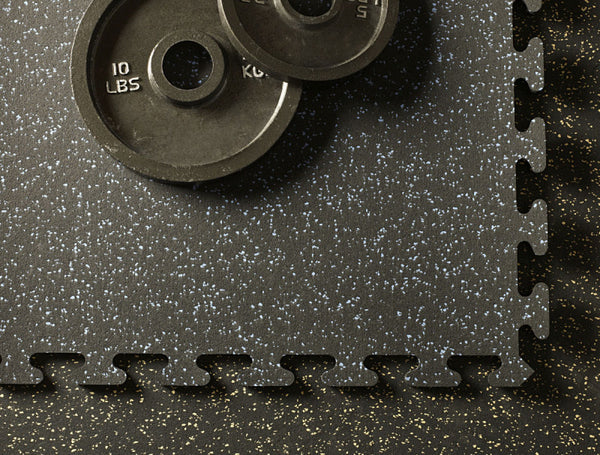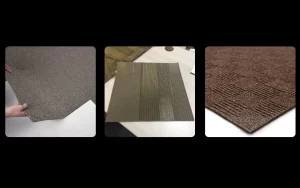When it comes to creating a workout space that is not only functional but also safe and durable, the gym flooring choice plays a crucial role. Whether you’re setting up a home gym, a commercial fitness center, or even a sports facility, the type of flooring you choose can impact everything from noise reduction to injury prevention. Among the myriad options available, rubber gym flooring stands out as a versatile and reliable choice for a variety of reasons.
Versatility in Application
One of the key benefits of rubber gym flooring is its versatility in application. It is suitable for a wide range of environments, from high-traffic commercial gyms to home workout areas. This adaptability is due to its inherent properties that make it resilient against heavy equipment, foot traffic, and impacts from weights.
In commercial gyms where various types of workouts take place daily, such as weightlifting, cardio, and functional training, rubber flooring provides a stable and supportive surface. Similarly, in home gyms where space might be limited, rubber flooring can be installed easily over existing surfaces like concrete or wood, offering a protective layer without the need for extensive renovations.

Durability and Longevity
Durability is a hallmark of rubber gym flooring. Made from recycled rubber tires, this type of flooring is designed to withstand the rigors of constant use. The dense and sturdy nature of rubber means it can endure heavy weights being dropped, equipment being dragged, and the general wear and tear of a busy gym environment.
This longevity translates to cost-effectiveness over time. While the initial investment might be slightly higher than other flooring options, the reduced need for repairs or replacements makes rubber flooring a smart choice for those looking for a long-term solution.
Safety First in Gym Flooring
Safety is paramount in any workout space, and rubber gym flooring excels in providing a safe environment for exercisers. The shock-absorbent properties of rubber help to reduce the impact on joints, which is particularly important during high-intensity workouts or when heavy weights are involved. This feature not only enhances comfort during workouts but also minimizes the risk of injuries, such as stress fractures or joint pain.
Moreover, rubber flooring offers excellent slip resistance, even when wet. This is crucial in areas where sweat or water might accumulate, such as near water fountains or in areas with high-intensity workouts. The textured surface of rubber flooring provides traction, reducing the chances of slips and falls.

Noise Reduction
For both home and commercial gym owners, noise reduction is a significant consideration. Dropping weights or the sound of treadmills can create disturbances, especially in shared spaces or residential settings. Rubber gym flooring effectively absorbs impact noise, muffling the sound of weights hitting the ground and footsteps.
This noise reduction not only benefits the individuals using the gym but also those in neighboring spaces. For home gym owners, it means a quieter workout environment that doesn’t disturb others in the house. In commercial settings, it contributes to a more pleasant atmosphere for members and reduces noise complaints from neighboring businesses or residences.
Easy Maintenance
Maintaining a gym floor should not be a cumbersome task, and rubber gym flooring simplifies this aspect of gym ownership. Cleaning rubber flooring is straightforward — a simple sweep or vacuum to remove debris, followed by a mop with a mild detergent and water, keeps it clean and hygienic.
The non-porous nature of rubber prevents the absorption of liquids, preventing odors and mold growth. This feature is especially advantageous in environments where sweat and spills are common. Additionally, rubber flooring is resistant to stains and chemicals, ensuring that it retains its appearance and functionality for years to come.
Environmental Friendliness
For those concerned about the environment, rubber gym flooring offers a sustainable option. Made from recycled materials, particularly old tires that would otherwise end up in landfills, rubber flooring reduces the environmental impact of gym construction or renovation projects.
Furthermore, the longevity of rubber flooring means fewer resources are required for replacements over time, further reducing its ecological footprint. When the time does come to replace the flooring, rubber can often be recycled again, closing the loop on its sustainability.
Conclusion
n the world of gym flooring, rubber stands out as a versatile, durable, and safe option. Its ability to withstand heavy equipment, reduce noise, provide cushioning, and require minimal maintenance makes it a top choice for gym owners and fitness enthusiasts alike. Whether you’re building a new gym space or upgrading an existing one, investing in rubber gym flooring is an investment in the safety, functionality, and longevity of the space.







